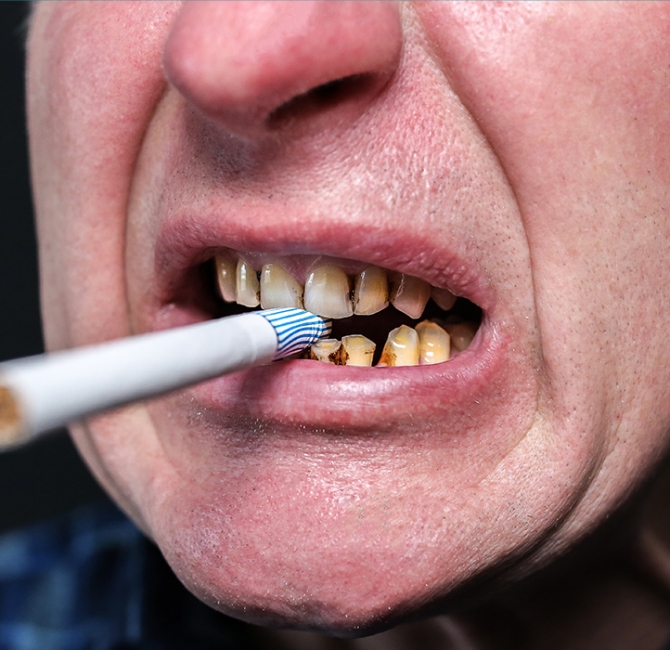A study published in Oral Surgery Oral Medicine Oral Pathology Oral Radiology reviews oral manifestations of COVID-19.
Abstract
Several viruses transmitted through saliva, such as herpes simplex virus, cytomegalovirus, and Zika virus, are capable of infecting and replicating in the oral mucosa, leading to painful oral ulcers. Few studies have described the oral manifestations of coronavirus disease 2019 (COVID-19). There is growing evidence that angiotensin-converting enzyme 2 (ACE2), the main host cell receptor of severe acute respiratory syndrome coronavirus 2 (SARS-CoV-2), is highly expressed on the epithelial cells of the tongue and of the salivary glands, which may explain the development of dysgeusia in patients with COVID-19. Hence, it is important to understand if SARS-CoV-2 can infect and replicate in oral keratinocytes and fibroblasts, causing oral ulcerations and superficial necrosis. In this study, a series of 8 cases of COVID-19 infection are reported, with oral necrotic ulcers and aphthous-like ulcerations which developed early in the course of disease after the development of dysgeusia and affected the tongue, lips, palate, and oropharynx. A short review of the literature regarding the important role of ACE2 in SARS-CoV-2 cellular entry is also provided, bringing new insights into oral keratinocytes and minor salivary glands as potential targets.



